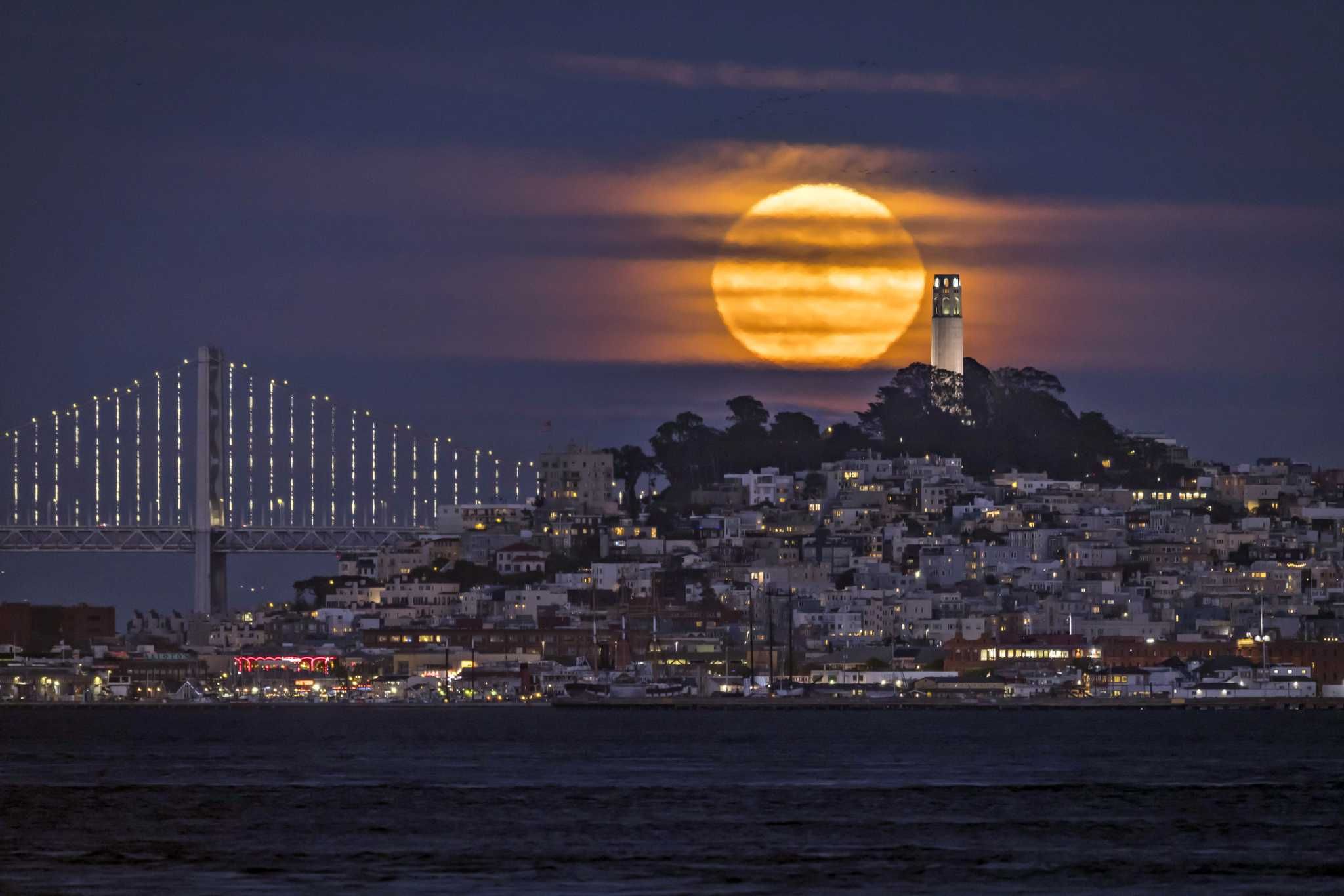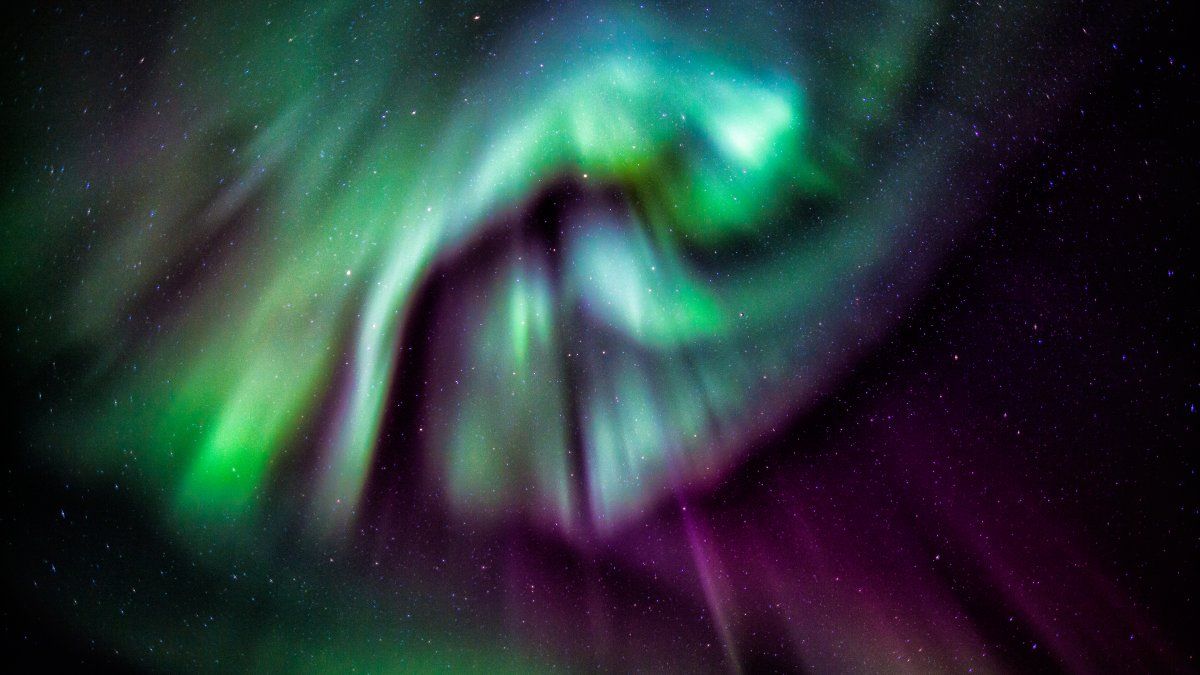Two supermoons will light up the night sky in August
The first of two August supermoons will rise over the Bay Area on Tuesday, kicking off a “very unusual” month featuring two full moons at their closest distance to Earth along their orbit, according to astronomers.
The first one, on Tuesday, is traditionally known as a full sturgeon moon because of the giant fish in the Great Lakes readily caught at this time of year. The second, on Aug. 30, is called a blue moon because it occurs in the same calendar month as another full moon.
It will also be the closest supermoon of the year.
“A supermoon happens when a full moon occurs within 24 hours of the moon reaching lunar perigee, the point in its orbit where it is closest to Earth,” said Gerald McKeegan, adjunct astronomer for Chabot Space & Science Center.
Supermoons are not unusual, McKeegan said — they can happen more than once a year, or not at all in other years. However, “the fact that both full moons this August are also supermoons is very unusual,” he said.
In addition, the public is “often fascinated” by them because “the full moon will appear larger in the sky,” he said.
“The moon’s average distance from the Earth is about 239,000 miles,” he said. “But its orbit is elliptical, so it can come as close as 221,337 miles, or as far away as 252,567 miles. When the full moon occurs closest to the Earth, it appears 14% larger than when the moon is farthest from the Earth.”
Tuesday night’s full moon will occur at 11:31 a.m. Pacific time, with the lunar perigee happening about 12 hours later, according to McKeegan.
“The full Moon will rise on August 1st right at sunset, and will be easily visible throughout the night,” he said.
Perigee for the supermoon on Aug. 30 will happen at about 9:15 a.m. Pacific time, and it will reach its full phase around 6:35 p.m., McKeegan said. This moon will also appear full all night, beginning as soon as it rises at sunset.
Source: San Francisco Chronicle


